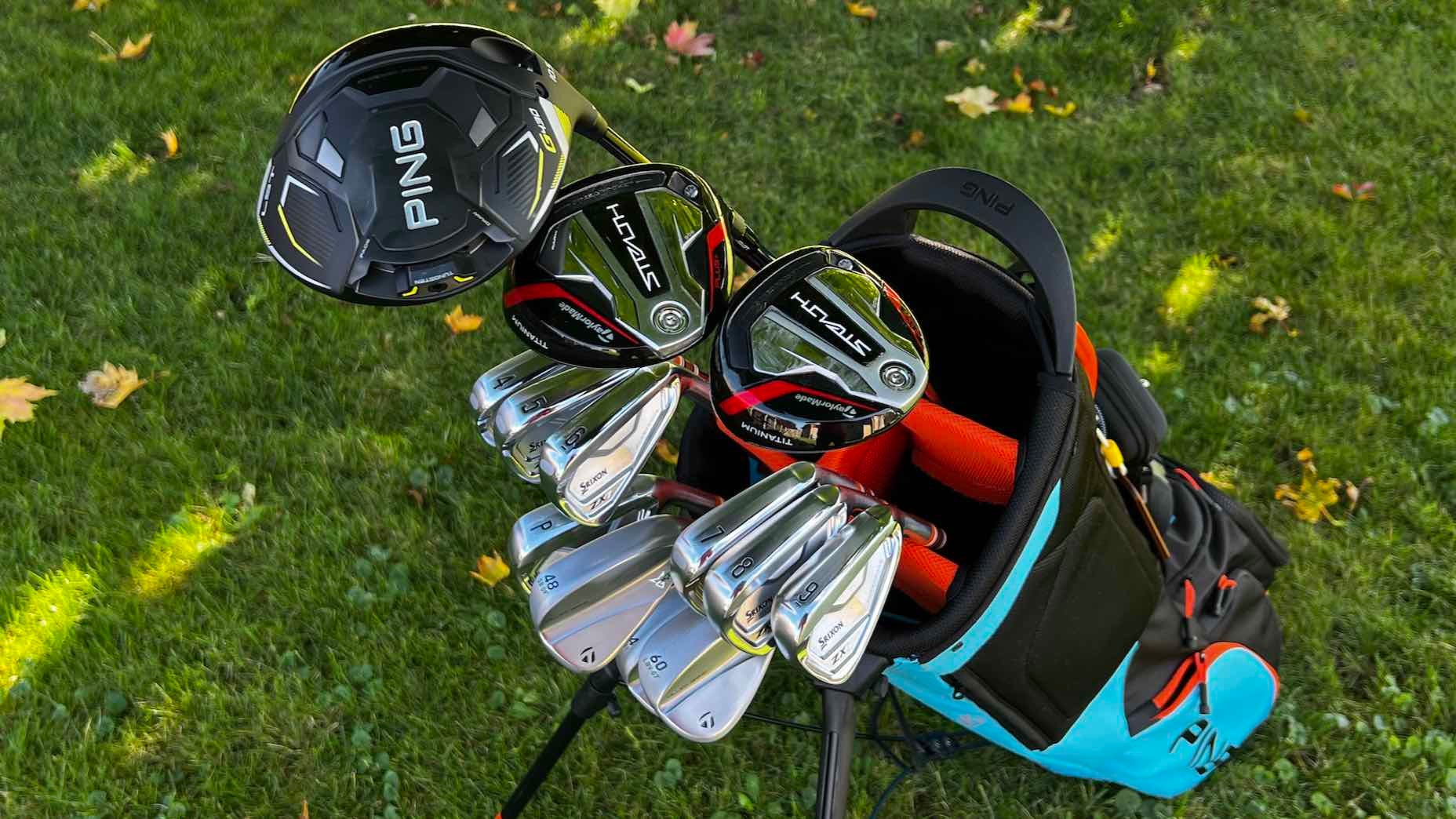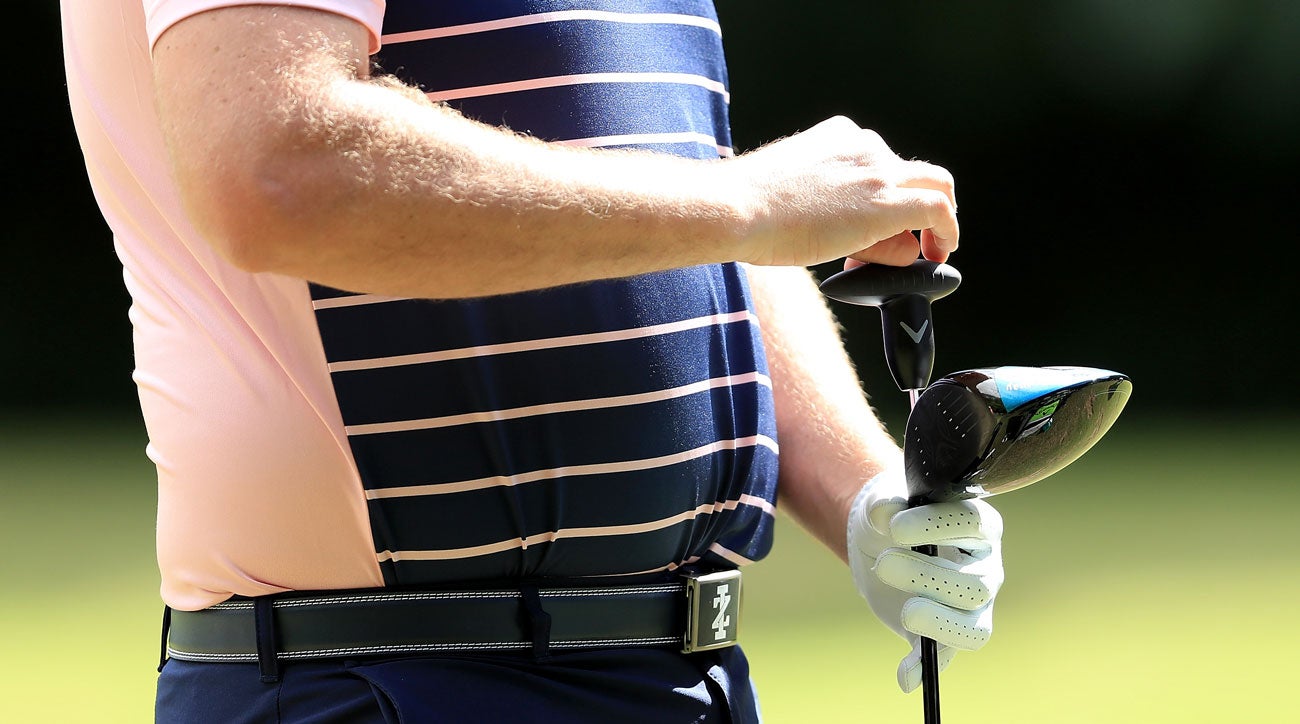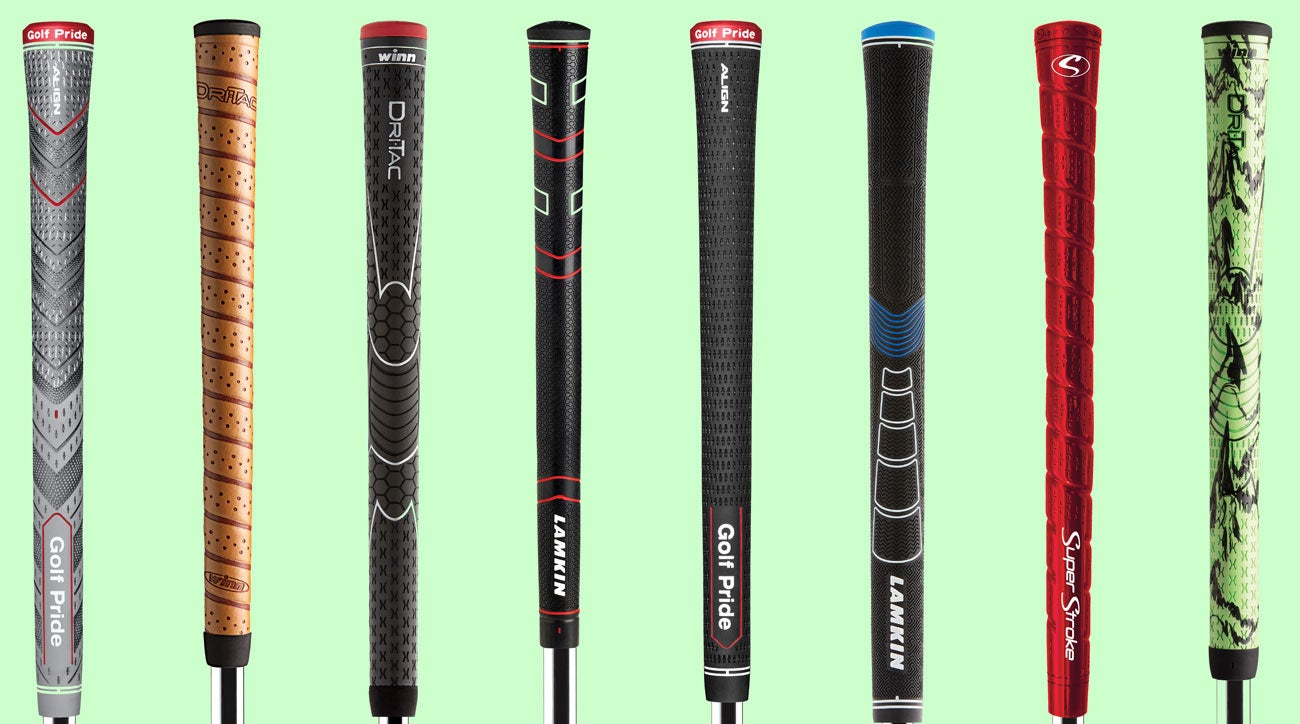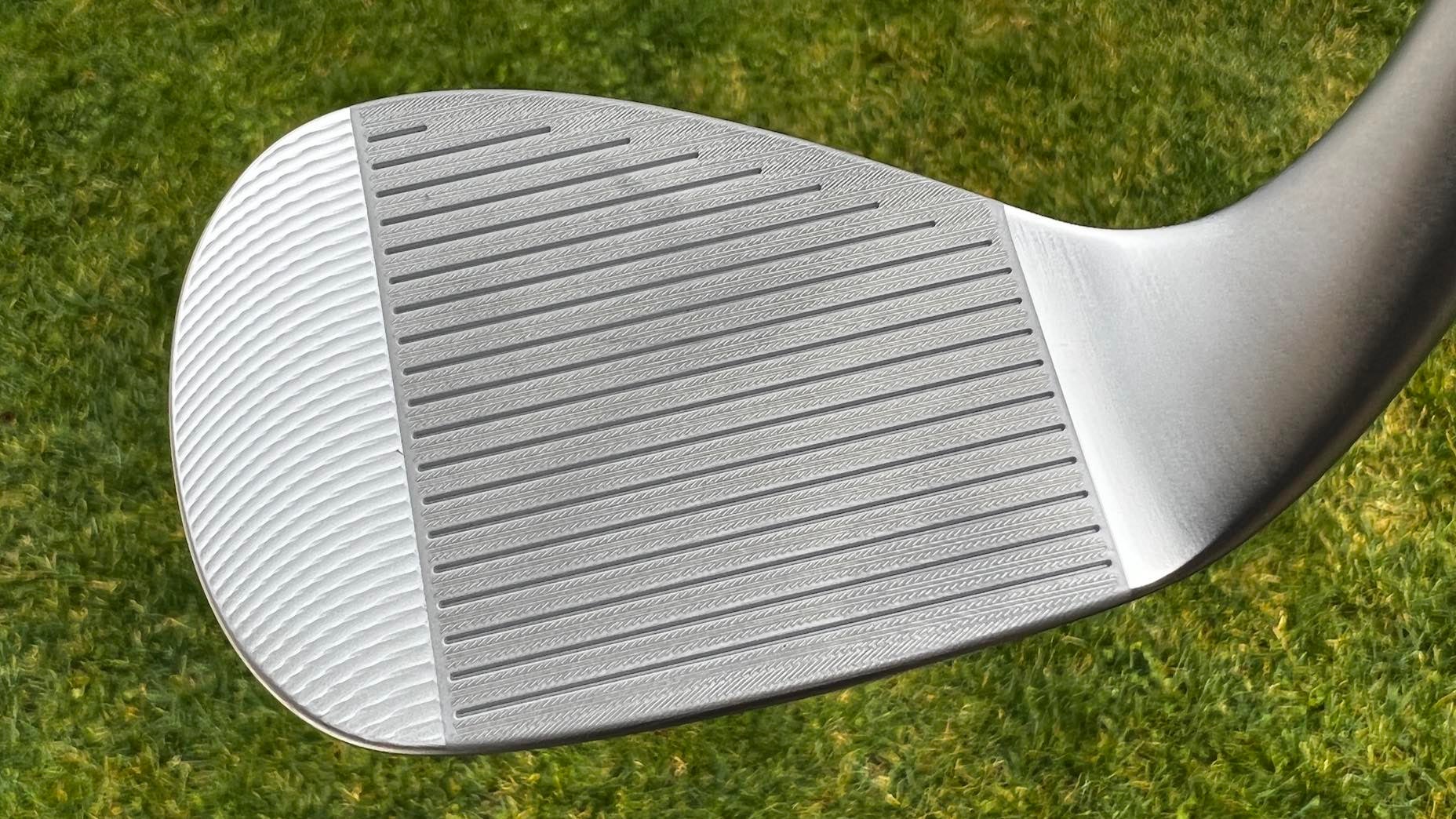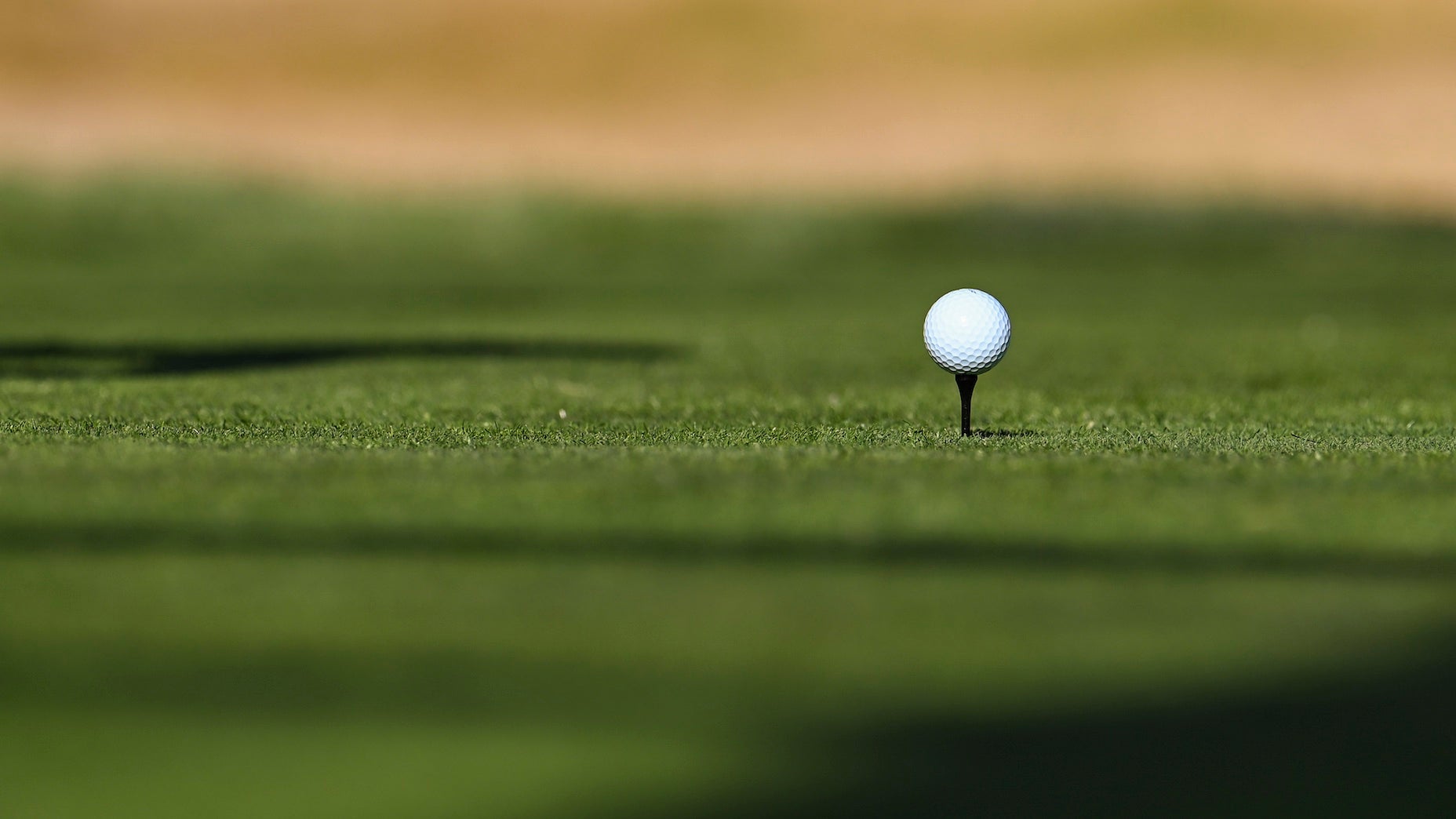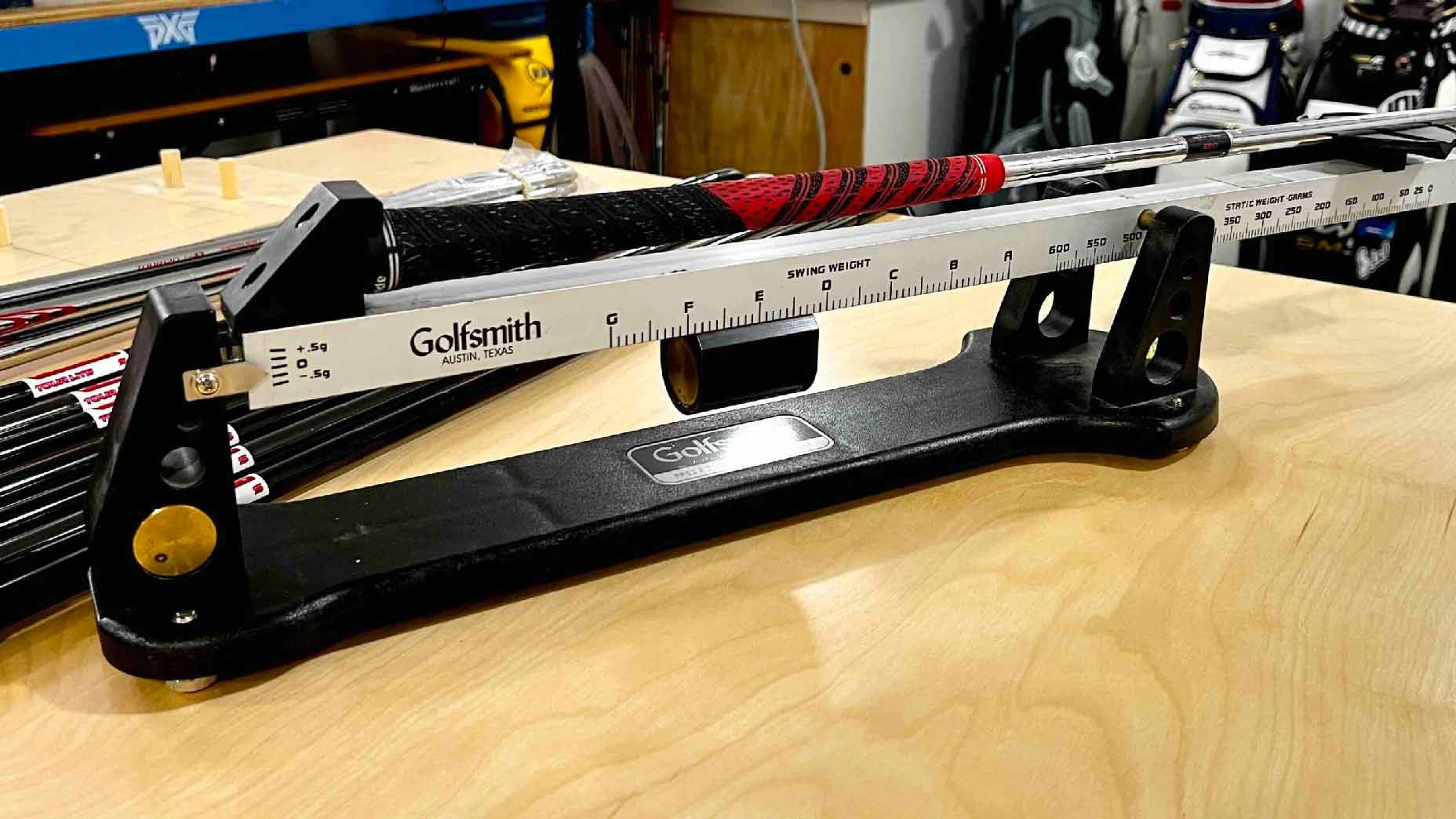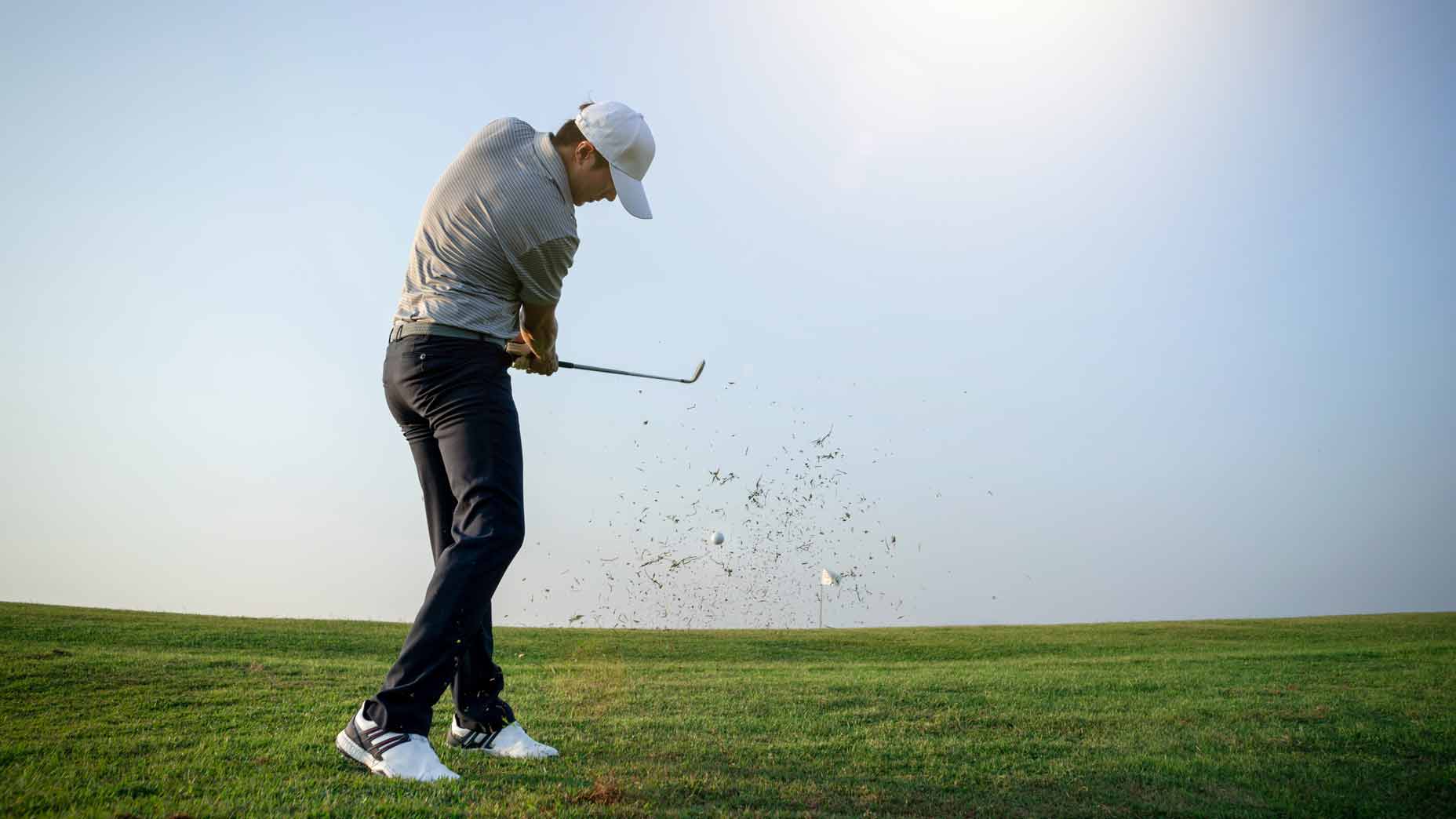Gear Questions You’re Afraid to Ask: How often should I change golf balls?
- Share on Facebook
- Share on Twitter
- Share by Email
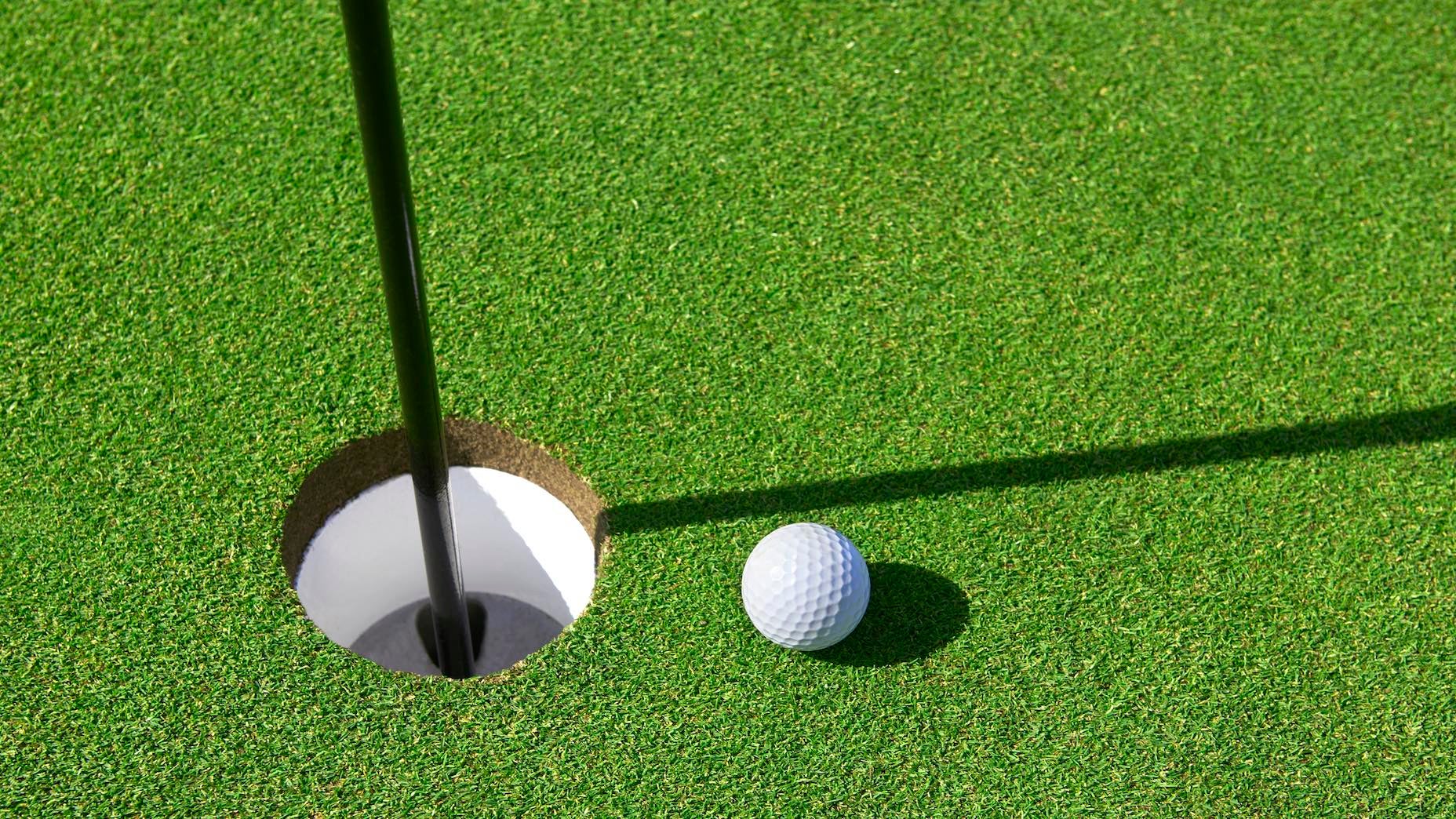
It might be time to change out that golf ball. Or it might not be.
Getty Images
Welcome to Gear Questions You’re Afraid to Ask, a GOLF.com series produced in partnership with Cleveland Golf. This week we look at how frequently you should be changing golf balls.
***
Most golfers fall into three categories when it comes to golf balls. The first is the ambivalent player — this is the golfer who’ll play any ball currently in the bag, regardless of make or model. To them, a ball in the hand is better than two in the bush, so to speak.
The second is the player who only plays one type of ball — period. There’s no switching for this loyal player. The third is the golfer who has a preference for certain balls but is open to try new ones and will switch it up depending on mood, style, or even what golf balls are for sale online or at the local golf shop.
Question is, which player has the advantage? Are most golfers better off not worrying about what ball they play, essentially freeing up their mind to focus on other aspects of the game? Or are players who stick with one ball more likely to predict their ball flights? Or is a flexible, open mind the way to go?
Let’s dig in on a few quick pointers on what it means to play the same ball, or to switch it up.
1. Dialed in
This is an obvious one. If you stick with the same kind of ball, you’ll develop a better sense for how far your shots travel and how much the ball spins around the green. Most competitive players stick with the same ball when they play because the rules infer that they have to. But get this, did you know the one-ball rule is a “local” one? Meaning if it’s not enforced, you can swap different ball models and brands freely between holes.
2. Gaming the system
Again, the one-ball rule is what’s called a “Local Rule,” meaning if it’s not upheld by your tournament committee, you can switch golf balls from one brand to another (between holes). This could work for you on holes where you want to add more power off the tee or hit a finessed iron to a tight pin on a par-3. Always check and see what the rules are — if not you could be penalized up to eight strokes per round for playing a different ball.
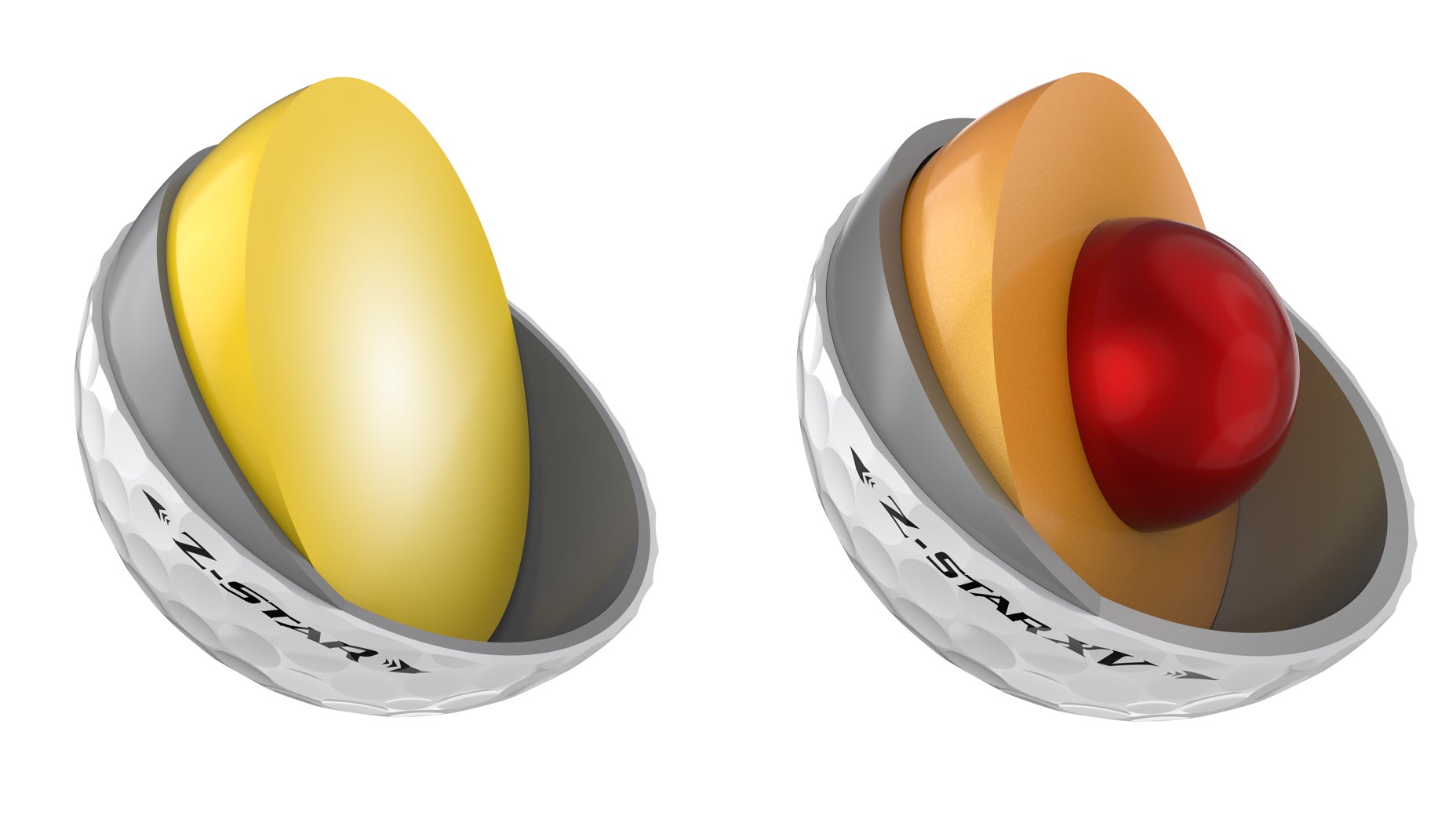
3. Easy on the eyes
This is particularly true if you occasionally switch between colored and white golf balls, or golf balls with different sheens and dimple patterns. The more you switch things around, the more noticeable the ball will be which can distract you from the only three things that matter in good putting: solid contact, having the proper line, and dialing in the right speed.
4. Smart move
No two courses are going to produce identical conditions, so why should you play the same ball everywhere you go? In today’s market, you’ll find many balls come in two versions — one that spins and another that spins a little more. Srixon’s Z-Star and Z-Star XV, as well as the Q-Star and Q-Star Tour, are basically just that — golf balls with very similar feel and performance, but with subtle variances in how they perform.
This makes switching to a higher or lower spinning ball an easy choice depending on whether you want more distance or a specific level of zip around the greens.
5. Better player benefits
We know, it’s not fair. But good golfers, especially those with faster swing speeds, are more likely to discern performance benefits from one ball to the other, especially off the tee. That isn’t to say premium balls are only for the game’s elite or that distance balls are strictly for beginners.
High-handicappers will see differences mostly around the green. But off the tee, it’s likely a two-piece distance ball and a four-piece premium ball will perform quite similarly.
6. Just like us
No matter what you choose to believe, many of the best players in the world play the exact same ball that you can buy at your local shop. They may go through an extra round of inspection for paint blemishes, balance, weight and roundness, but all in all, they’re the same ones you can buy.
The only instance where this might not be true is in the case of prototype golf balls, which are generally put in play by professionals long before they’re made available to the public.
7. Give it a shot
Let’s settle this here since we already touched on it: A premium golf ball can in fact be advantageous for a higher handicapper, especially around the greens where the soft covers really come into play. But you’ll never really know which ball is right for you until you try different models through a trial-and-error approach or go through a proper ball-fitting session.
Either way, it takes effort to determine the right golf ball characteristics best suited for your game.
Want to overhaul your own bag? Visit the expert fitters at affiliate partner, True Spec Golf. For more on the latest gear news, check out our latest Fully Equipped podcast below.
Latest In Gear

Ryan Noll
Golf.com Contributor

